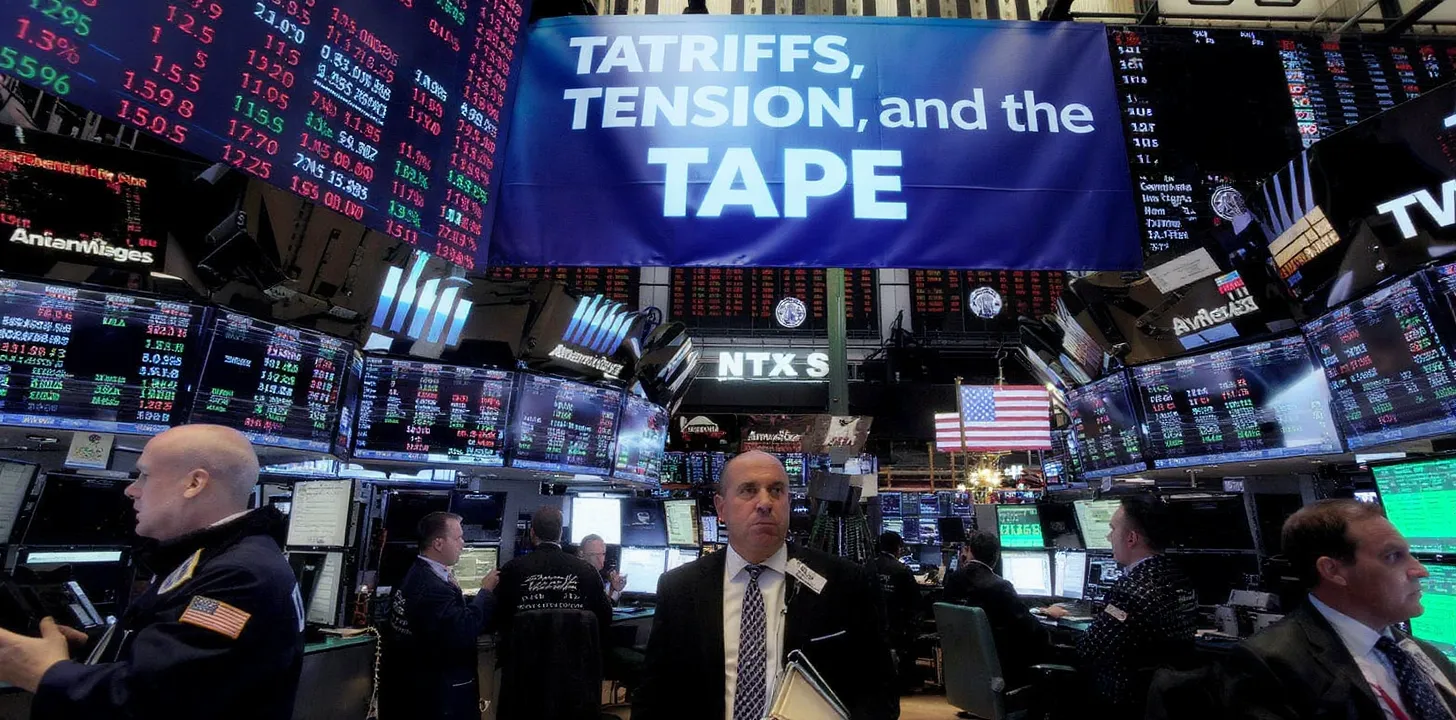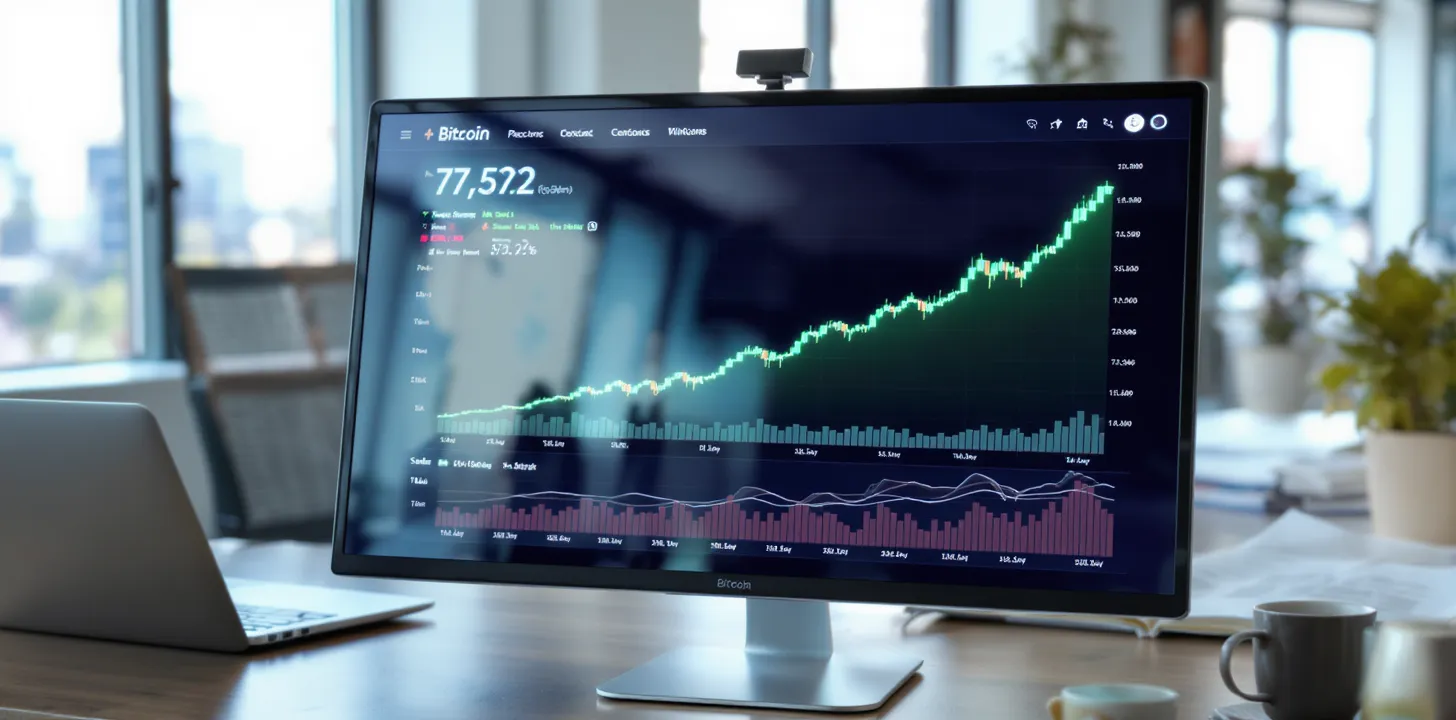What actually happened in Q3 (and why it matters more for Q4 than Q3)
Tesla just posted a record quarter: 497,099 deliveries on roughly 447,000 units produced, an unusually large gap that implies a sizable inventory drawdown into quarter-end. That spread is precisely the kind of optical boost that juices headlines and cash conversion in Q3—and then forces a refill later. Add that 481k of those deliveries were the bread-and-butter 3/Y, and you have a quarter defined by velocity and mix, not novelty. This isn’t nitpicking; it’s the starting point for a realistic Q4 model that de-exaggerates the surge from Q3’s unusual tailwinds.
Demand pull-forward mechanics: how the credit cliff bent time
The U.S. $7,500 clean-vehicle credit ended after September 30 under the mid-year budget law, with the IRS clarifying that “acquired by Sept. 30” locked eligibility—even if delivery slipped slightly. Tesla amplified that deadline with “Federal Tax Credit Ends September 30” messaging, encouraging end-of-quarter orders and handovers. Pull-forward is literally time arbitrage: you borrow from tomorrow’s order book to improve today’s print. That’s why the right frame for earnings isn’t beat/miss, it’s sustainability—what portion of Q3 was real demand versus subsidy-timing physics that unwind into Q4?
Margins after the party: pricing discipline vs. share defense
The tax-credit vacuum changes the U.S. price umbrella overnight. Tesla has already tried to soften the blow with an internal $6,500 lease credit, while simultaneously raising lease prices where the pass-through disappears—fine-tuning that preserves optics but still pressures unit economics if take-rates shift to subsidized leases. Meanwhile, China remains hand-to-hand combat: Tesla cut the Model 3 RWD price ~3.7% on September 1, a small move that telegraphed a willingness to defend share even at the expense of gross margin. In Europe, the problem isn’t demand for EVs in general—it’s share and mix: aggressive plug-in hybrid promos and Chinese entrants have chipped at Tesla’s position, with Reuters flagging a Y/Y sales decline and market-share compression into late summer. The margin story into Q4 is therefore less about line-item cuts and more about the dance between volume defense and price discipline across three different theaters.
Inventory turns and the “hangover math”
When deliveries outrun production by ~50k units, the near-term math is simple: working capital and delivery optics look great in Q3; Q4 has to rebuild pipeline and live without the credit rush. That means more modest delivery prints, less help from quarter-end logistics compression, and a reversion in days-supply—unless Tesla reins in pricing to keep throughput high, which re-pressurizes gross margin. Watch for whether management frames Q3’s delta as “efficiency” (sustainable) versus “drawdown” (one-off). The characterization will tell you how much of the Q3 rate is repeatable without subsidies.
Regional health check: U.S. normalization, Europe share squeeze, China knife-fight
Post-credit, U.S. demand should normalize lower before any new incentive architecture (or OEM leasing subventions) finds its footing. Europe remains the swing risk for mix: if Tesla cedes ground to value-priced competitors and PHEVs, the company can still move units—just at a less favorable margin mix. In China, tactical price adjustments and the new six-seat Model Y L help, but the broader price war keeps contribution margins on a tight leash. The investor takeaway: geography is destiny for Q4 margins.
What to listen for on the call
Three things matter more than the headline EPS: (1) order-run-rate after Sept 30 versus the average August/September pace; (2) commentary on U.S. leasing share and residual-value policy now that the federal tailwind is gone; (3) production cadence versus deliveries as inventory refills. Energy storage—where Tesla also posted a record 12.5 GWh deployment—can cushion the consolidated gross-margin line, but it won’t fully insulate auto margins if pricing elasticity bites. Mark your calendar: Q3 financials arrive October 22.



